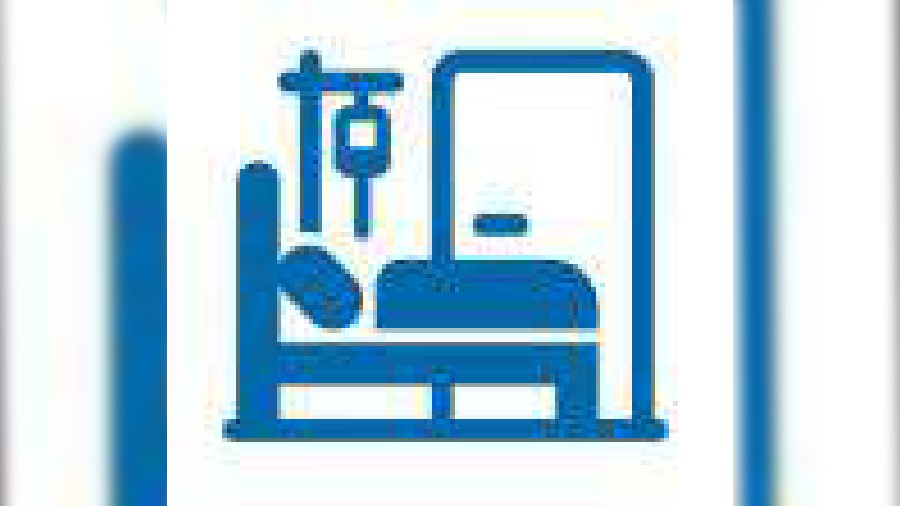The state health department has drawn up a list of 370 “mandatory” services that have to be provided by at district hospitals, which doctors and health officials said was an attempt to curb patient referrals to hospitals in Kolkata.
The list has distinguished between services that have been called “essential” and those that have been termed “desirable”.
A circular issued by the health department on Friday where the list was published mentioned that essential services were “mandatory service to be done at all district hospitals”.
The list of essential services includes some basic investigations like electrocardiography (ECG) and biometry, which is the process of measuring the power of eye’s cornea and procedures like suture removal and dialysis. It also includes chemotherapy and repairing fracture dislocation of the ankle.
Desirable services were “expected service to be provided at specific district hospitals depending upon the availability of expert HR and availability of necessary equipment”.
The list of services under desirable category includes total knee and hip replacements and endoscopy of the upper gastrointestinal tract.
A senior health department official said the circular issued on Friday was done as an attempt to curb the practice of referring patients to Kolkata.
“The expectation is that all these services will be provided in the district hospitals. The infrastructure is available there,” said the official.
The circular mentioned that the categorisation — essential and desirable services — have been done “depending upon feasibility, necessity and availability of resources”.
A senior doctor at a government medical college in Kolkata said that referring patients to hospitals in the city was a cultural issue, a mindset that has become difficult to change.
The doctor, who spoke on condition of anonymity, said district hospitals were now equipped with infrastructure to handle many critical cases.
He cited an example. “Even now, patients with chest pain are often referred to hospitals in Kolkata though the patient should have been first stabilised and then, depending upon the condition, should have been referred to Kolkata,” he said.
“What happens is that critical time, when the patient should have been in a hospital, is spent on the road. This is not fair,” he said.
Arunabha Sengupta, head of head and neck surgery centre of excellence of SSKM Hospital and professor at the hospital’s ENT department, said the ENT department gets 20 to 30 children in a month who need objects stuck in the upper and lower respiratory tracts to be removed.
“These can be done at many district hospitals. But, these children get referred to SSKM from medical colleges in Kolkata, too,” he said.
Chief minister Mamata Banerjee recently spoke about the menace of referring patients to hospitals in Kolkata. During a meeting to review the health services situation in the state, she had said that even pregnant mothers were being referred to hospitals in Kolkata from the districts.
The senior doctor told The Telegraph on Saturday that while some doctors in district hospitals wanted to reduce responsibility by transferring patients, some patients, too, came to the hospitals and asked if better treatment would be available in Kolkata. The doctors instantly say yes.
“It is a belief that Kolkata hospitals are better equipped. But the district hospitals are quite well-equipped. The number of patients being referred to hospitals in Kolkata and the infrastructure in district hospitals is disproportionate,” said the doctor.
A district hospital is the main hospital in a district — the top-tier of the health services in a district. Below them are the sub-divisional hospitals and block-level hospitals.
